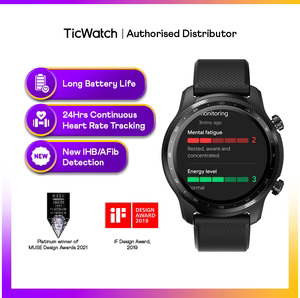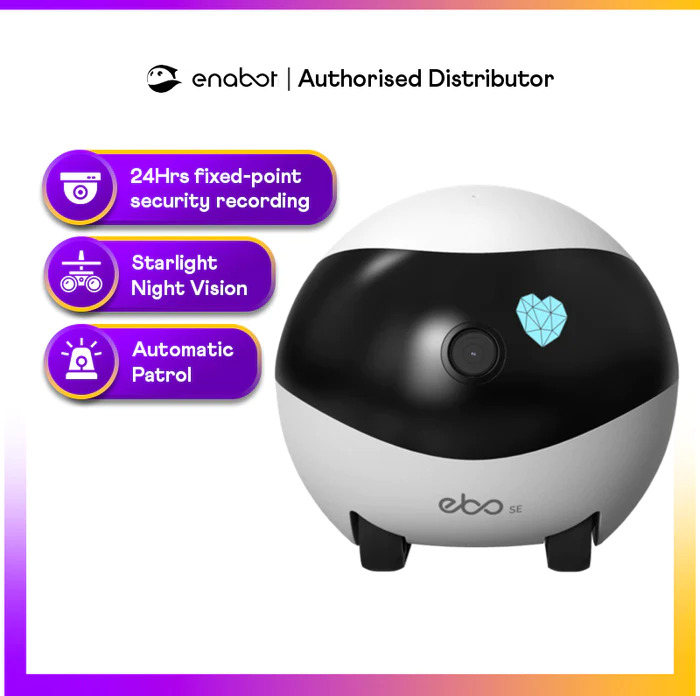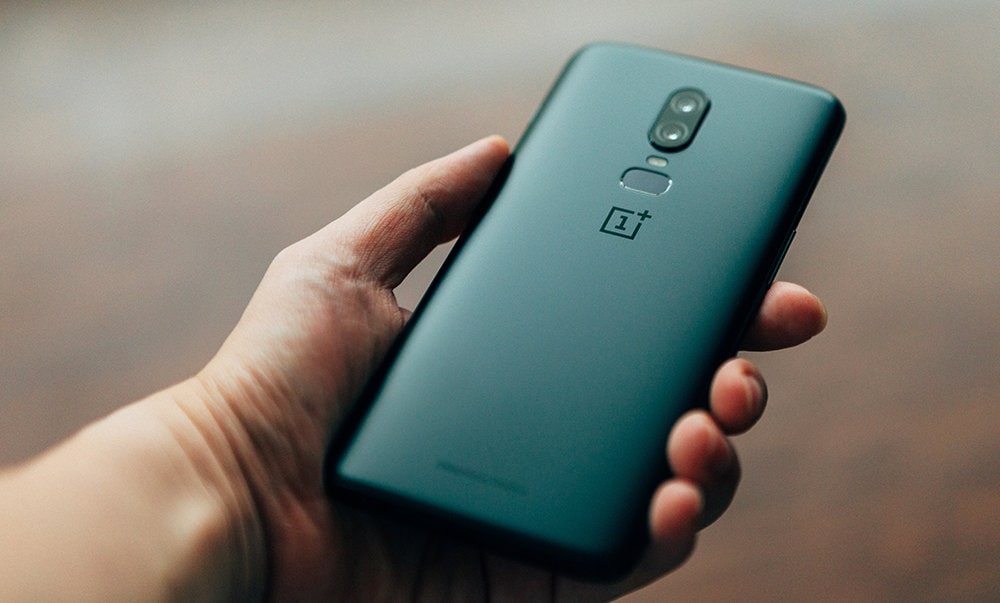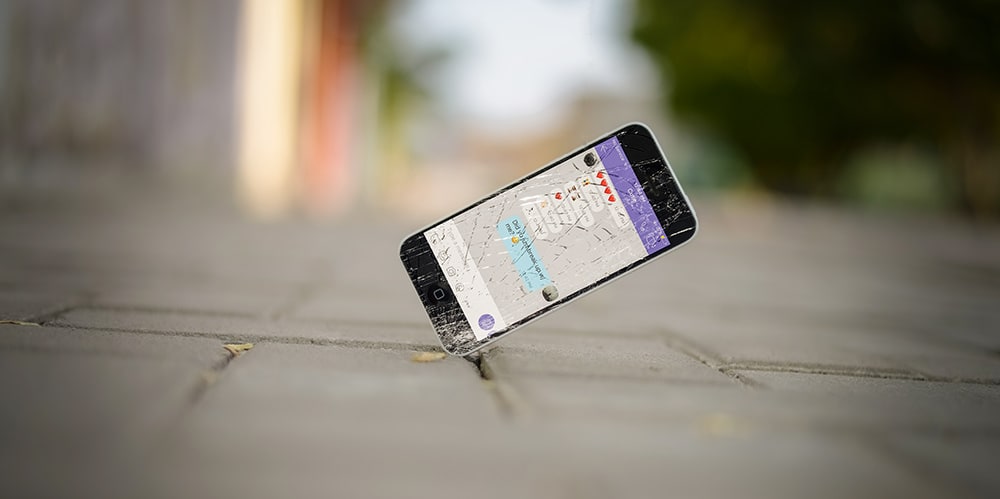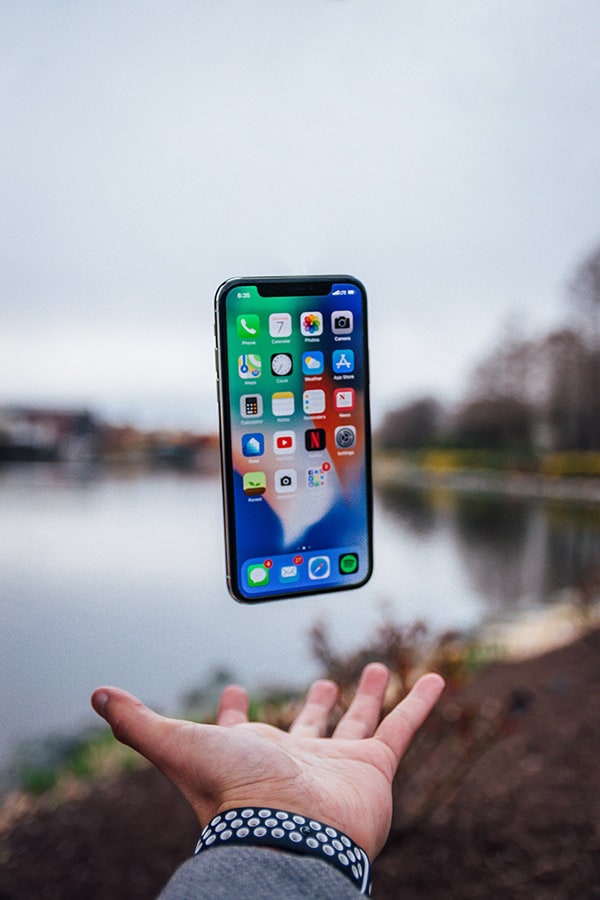
- July 4, 2019
- MyRepublic
Photo by ROBIN WORRALL on Unsplash
In the past 12 years since the first iPhone was released, we’ve seen many innovations and developments that have inspired us to get a new phone again and again, and again.
At the heart of our dilemma over upgrades is #FOMO–the fear of being left behind or becoming obsolete. But don’t let all the marketing get to you. When planning for any large purchases, the important thing to consider is: Will you really use it?
Like many of you, we’ve struggled with our own confusion over when and when not to upgrade. So we thought we would prepare this handy guide to (hopefully) make your decision a little easier.
Can you afford a new phone?
We know this might be kind of a silly question… But any time you’re making a major non-essential purchase, it’s important to review your finances and ensure that you’re covered. If you have credit cards to pay off or are living from paycheck to paycheck, an expensive new smartphone might not the best place to spend your money.
Many of the flagship phones of big brands such as Samsung and Apple cost at least $1,000 (or even $1500)–a sizeable chunk of an average consumer’s budget.
If you want to upgrade to a new phone but don’t want to shell out that much money, you may want to consider brands like Xiaomi, Redmi, which offer phones with flagship-grade specs for a fraction of the cost. Their offerings are perfect for those who need high-performance devices but don’t care too much about brand names.
How important is a phone’s brand to you? (Photo by Denny Ryanto on Unsplash)
An even cheaper phone that costs around $300 or $400 can be a great option in the short term, but they have their own downsides as well. They may have lower specs and hardware, and they’re also not as consistently updated or supported. Many find that they tend to succumb to lag more quickly, which means you may have to replace your phone more often to get the stability you need.
Am I locked to a contract? (If not, then skip ahead)
As tempting as it is to get a new mobile phone at a lower upfront price, more consumers today are embracing SIM-only plans. Mobile phones bundled with a fixed 24-month plans are unsurprisingly unpopular: your needs and wants may change over time and you would be stuck with the exact same data plan for 2 years.
According to a poll that Seedly hosted in their Personal Finance Facebook group, mobile phone bills are often some of our largest fixed expenses–so even though lengthy contracts may seem like a great way to get a new phone for less, you may actually be spending more in the long run.
If you’re happy with your contract and don’t mind renewing, you can simply upgrade when it comes time to renew. But if you think you might enjoy the freedom and flexibility of an SIM-only plan, then perhaps it’s time to let the contract end and make a switch.
SIM-only plans (with or without a contract) give consumers much more choice over the mobile phone they want to use. For example, by pairing a MyRepublic no-contract SIM plan with a used or refurbished phone, you could easily save a few hundred dollars each month. If you get bored of it soon after, you could sell it and switch to a different model.
A no-contract SIM and used phone combination can be great if you’re frugal; the lack of a contract is also perfect if you’re a tech junkie who loves trying out the latest and greatest flagships. But that still doesn’t answer the question of “Should I upgrade at all?”
How well does your phone work?
It may be more cost-effective to upgrade instead of repairing a busted phone (Photo by Ali Abdul Rahman on Unsplash)
Take your phone out of your purse or pocket (or wherever you’re keeping it). Look at it for a few seconds. Hold it in your hands.
How does it feel? What features do you dislike; what features do you wish it had? How old is it? If you’ve used it for over 3 years, is it getting slow? Is the screen cracked? Is the display faulty? Do the speakers and fingerprint scanners still work?
One of the major complaints from the owners of older phones is that the battery has begun to weaken. You might also be struggling with spotty Bluetooth connectivity, speakers, and sluggish app performance. If these issues are impacting you significantly, then you should definitely make an upgrade. In many ways our phones are like little extensions of ourselves–they keep us connected, help us have fun, and allow us to document our lives–and the change from a faulty-error prone device to a new one can be refreshing.
But…if your phone is still working just fine, then maybe it wouldn’t hurt to hang on to it for a few more months?
Do you need that new phone? Or are you afraid of losing out?
Some of the advertising we see would have us believe that the shiny devices we own and surround ourselves with reflect the kind of people we are.
Photo by You X Ventures on Unsplash
But really, what would really bring you the most happiness in the long run? Sure, you may have a thousand dollars to spare now–but would you be better served with a new phone or a trip to Japan? Do you need a phone, or do you fear what people might say if you don’t have one?
Many of us feel daunted by the thought of owning an old smartphone. An old phone is probably bad right? If someone asked you to buy a five-year-old phone model right now, you would probably refuse but did you know that the iPhone 6–a solid phone that many people use today–was released in 2014? Today, the iPhone 6 remains Singapore’s third most popular iPhone model (in other countries, it sits at #1).
The iPhone 6 isn’t that bad… is it?
(Photo by Callie Morgan on Unsplash)
An older phone may seem uncool and outdated, but the truth is that many of them are sufficient for everyday needs like office communication and task-keeping.
Will these new features make a difference to me? Are they worth it?
Let’s take for example the iPhone X. It’s definitely an appealing option but if you’re upgrading from an iPhone 5, then an iPhone 6 or 7 may be a viable option too. If you want a dual camera, you could always get the iPhone 7 Plus instead of an iPhone X–the amount you save could then be used to treat yourself in other ways: a massage, a new video game, or even short holiday.
The iPhone X may be cool – but is it right for you?
(Photo by Neil Soni on Unsplash)
What about the display? The iPhone X has an OLED screen, whereas the iPhone 6 and 7 have LCDs. And sure, the iPhone X is sharper, brighter, and crisper; the blacks are really black and the colours are truer to life. But how much of that do you notice? While the iPhone 6’s screen isn’t as great as the iPhone X’s, it doesn’t mean that it isn’t good for your needs and daily use.
That said, this doesn’t mean the new features of a flagship-level phone aren’t important.
For example, if you love gaming on your mobile phone and are relying on your Samsung Galaxy S9 to get your PUBG and Mobile Legends fix? The Galaxy S10 offers higher specs, improved speakers a better display–the chipset Galaxy is almost 30% more powerful than the Galaxy S9’s. These things would improve your mobile gaming performance, and if you’re a serious gamer, might well mean the upgrade from a Galaxy S9 to an S10 after just a year is worth the cost to you.
While the general rule of thumb is to upgrade to a gorgeous new phone every 2 years, it’s always important to keep in mind your budget, whether the phone model and its features are relevant to your needs and how you plan to use it. Ultimately every one’s demands on their phone are different, so don’t be afraid of getting or (not getting) something different.








